I am a Big Beacon Ambassador
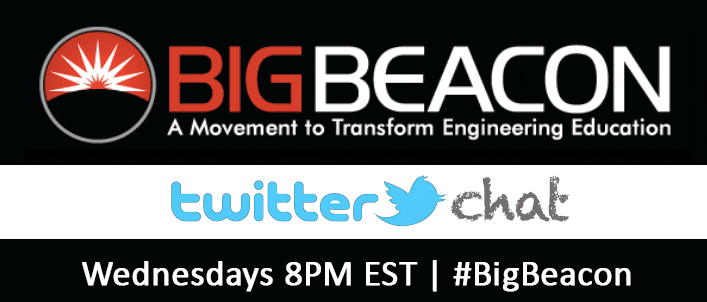

When in high school, I remember deciding one of my life goals was to become a U.S. Ambassador. I’d never met one, but I liked the idea of representing something I was proud of in a foreign environment. Here I am, 30, and certainly not on a path to becoming an Ambassador to my country, […]
If I had a $1,000,000…. for “STEM” Education.


Lockheed Martin has granted $1 million to implement and sustain Project Lead the Way programs across the U.S. If I had a million dollars, (as I start humming Barenaked Ladies) How would I improve STEM education?
A Case for Engineering in K-12
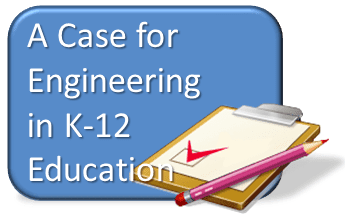

In order to meet the forecasted demands for U.S. Labor in technical areas that require scientific and mathematical training, it is imperative that educators and students begin to understand STEM professions and the role of engineers. By advocating science and math in a more holistic, inclusive and social context, more students will develop confidence in these subjects and be prepared to pursue a career in engineering. This article is useful for parents, educators, counselors, and administrators.
Model Eliciting Activity: Green Roof
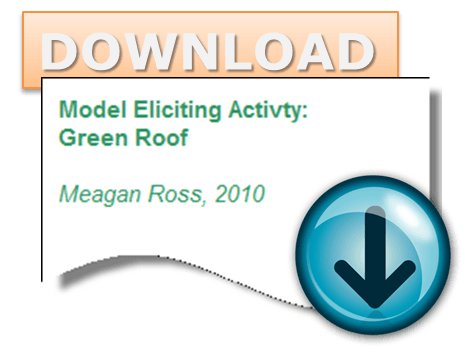

This is a model eliciting activity for high school students who have had algebra, examining rooftop gardens for commercial buildings. Model-eliciting activities (MEAs) are activities that encourage students to invent and test models. They are posed as open-ended problems that are designed to challenge students to build models in order to solve complex, real-world problems.
Leadership Comes Full Circle
Being a leader means many things, but one of the most important qualities is that someone actually follows your lead. Here I was talking to the man that inspired my mission to share my work and contribute to something greater than myself. He challenged me to share, and that is exactly what drew him to my website this week. I was blown away at how small the world had just become, and how one man’s mission to lead had come full circle…
Key Engineering Education Reports
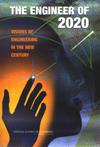

Here are eight key reports from The National Academies Press by The National Academy of Engineering related to engineering education. These reports guide future research and inform policy. Each of these can be read in full online, or you can simply view the executive summaries for a brief overview. Changing the Conversation: Messages for Improving Public […]
Top 4 Attributes: <br> University Engineering Education Programs


With the current direction of education reform, and the national priority to improve STEM education, a focus on engineering education will become vital for universities in order to produce engineering graduates that meet industry needs, and educators equipped to teach the next generation of engineers. Read for four key attributes for a university engineering education program.
Evaluation Framework for Engineering Education Curriculum
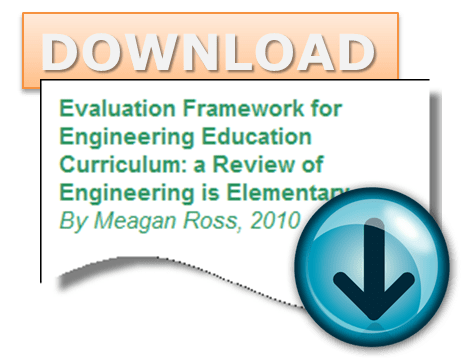

This paper introduces a framework and rubric for evaluation of K-12 engineering education curriculum, based on engineering education literature and the Wiggins & McTighe process known as Backwards Design. This process is an alignment of content, assessment, and pedagogy, the three components used as the measure of quality programmatic elements. The rubric defined in this paper will be useful to teachers, administrators, and curriculum developers of engineering education curriculum.
What is Engineering Education? A Foundation
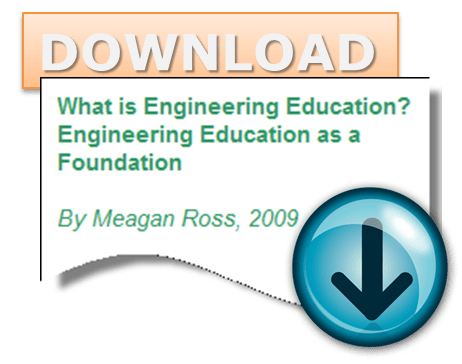

Author Meagan Ross, in a poignant metaphor, describes an education in engineering as the ultimate foundation. Through personal reflection of her own experiences in engineering education, she inserts the work of Louis Buccarelli, the National Academy of Engineering Reports related to Engineering Education, and the Svinicki & Dixon modified Kolb model to craft a beautiful […]
Technology Provides Enhanced Capabilities for Educating Learners
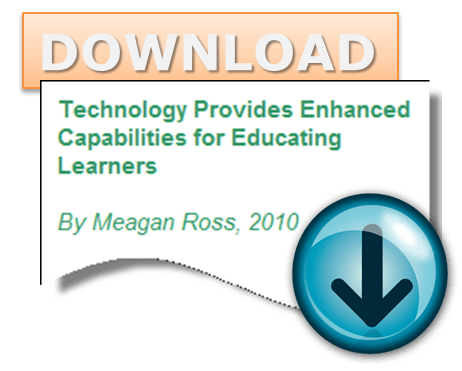

Technology provides enhanced capabilities for educating learners, and schools should embrace these capabilities to reshape education and to prepare students for the changing world. Collins & Halverson (2009) identify these enhanced capabilities as “just-in-time” learning, customization, learner control, interaction, scaffolding, games & simulation, multimedia, publication, and reflection. These nine enhanced capabilities were aligned with established […]

